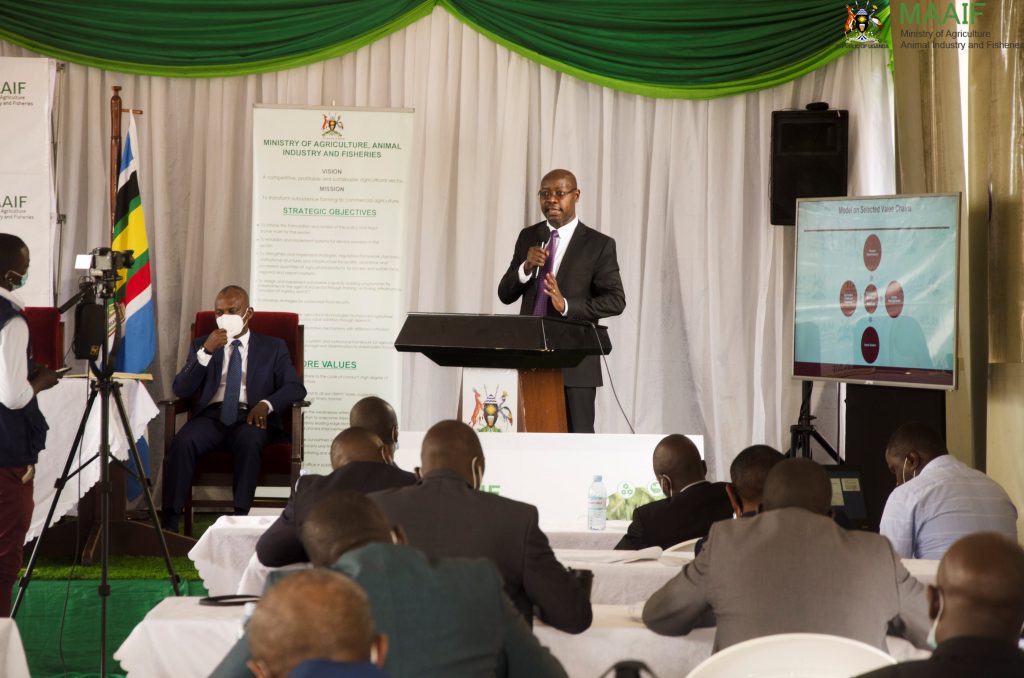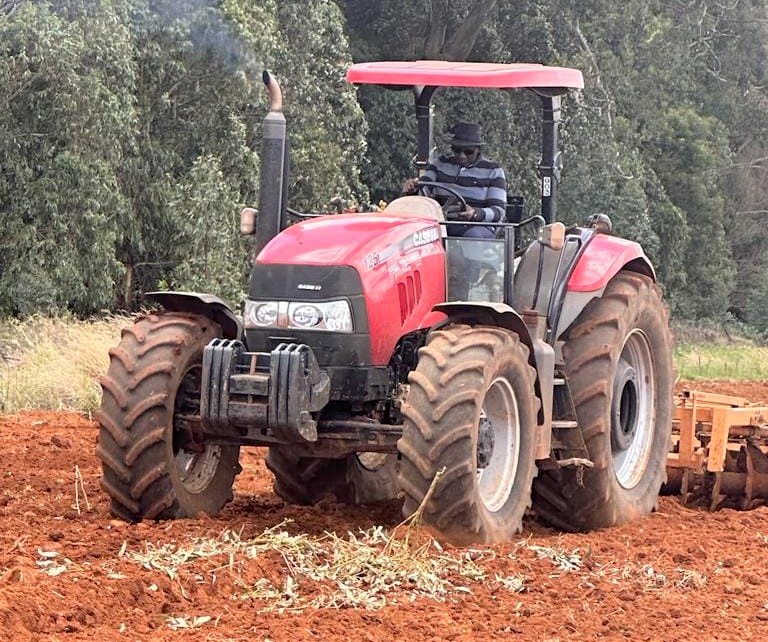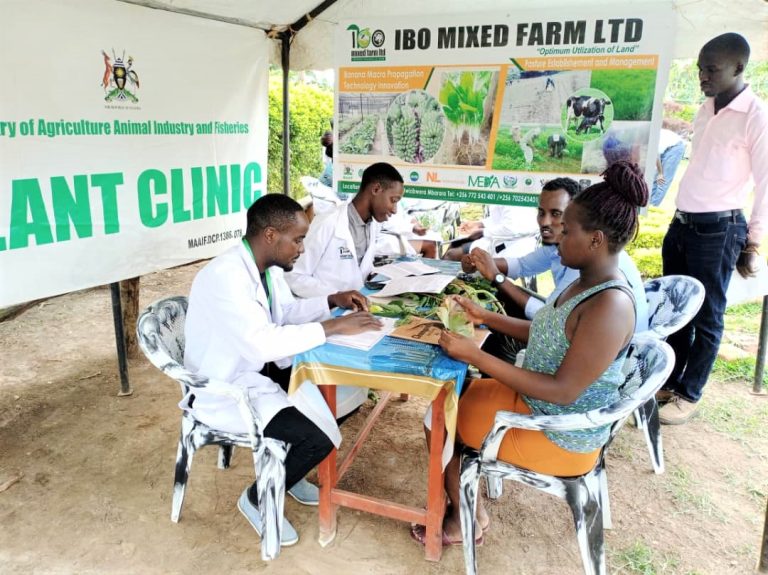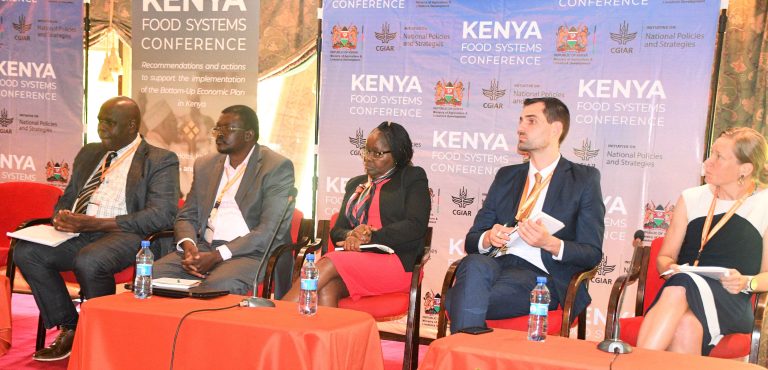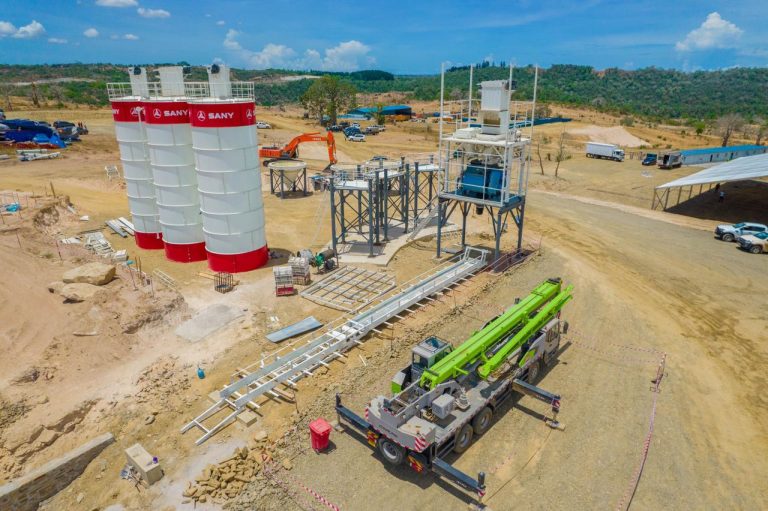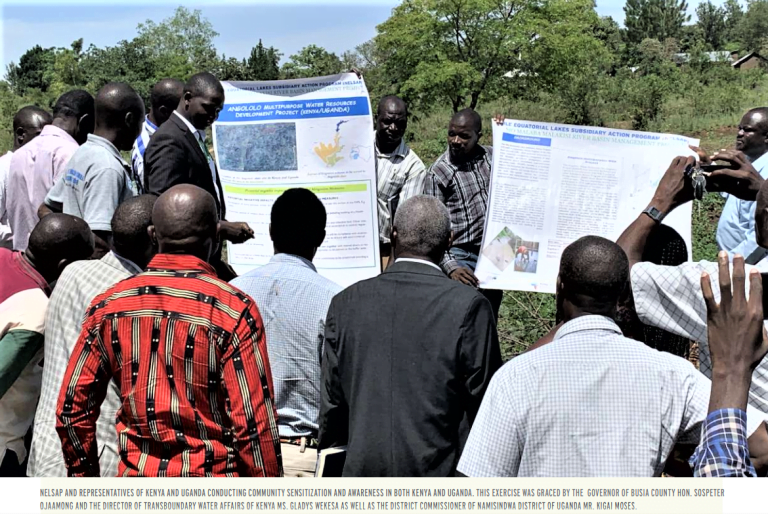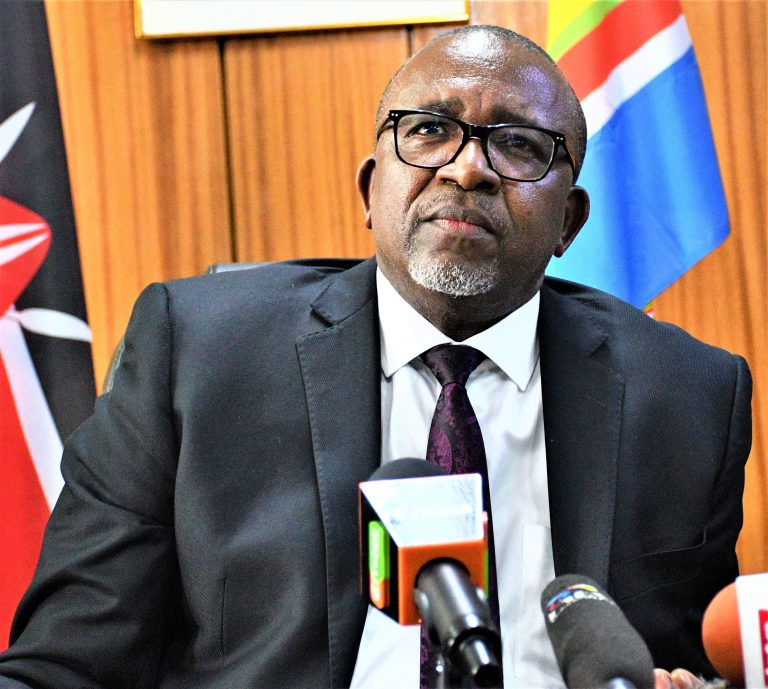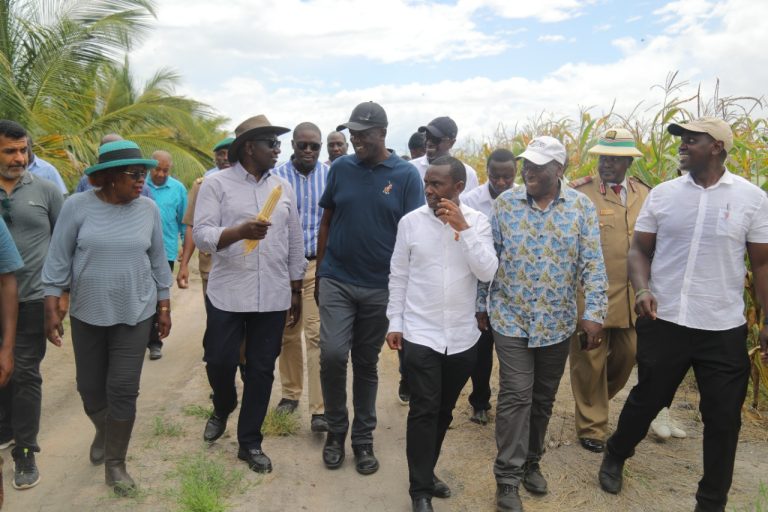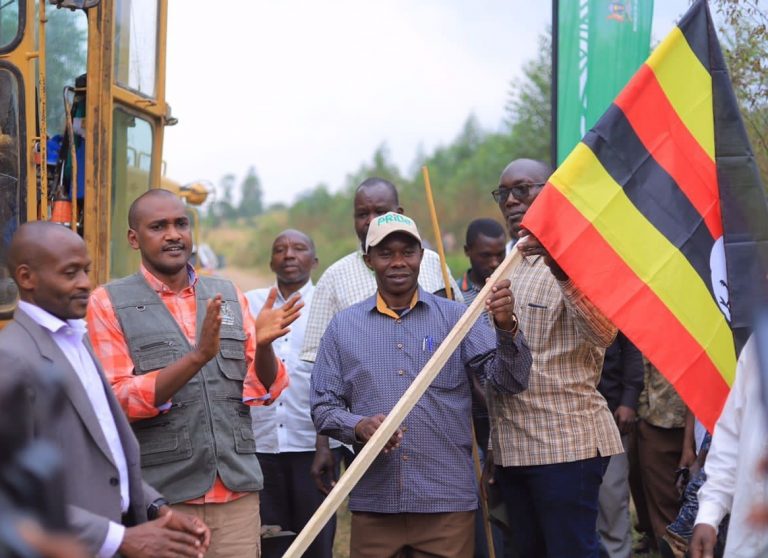Uganda is ahead in the region in terms of ensuring food security because it is undertaking an agro industrialization agenda in which the government is investing about £130 million (KShs.650bn) that will cater for machinery, post-harvest handling, cleaning and storage of agricultural products as well as value addition.
Pius Wakabi Kasajja, the Uganda Ministry of Agriculture, Animal Industry and Fisheries (MAAIF) Permanent Secretary, told a delegation from the Kenya National Defence College that the strategy includes increasing agricultural production and productivity, market access and competitiveness of agricultural products in domestic and foreign markets, increasing mobilization, access and utilization of agricultural finances and institutional strengthening.
The delegation was on a mission to find out why Uganda is doing better in terms of ensuring food security in the region.
“The agro industrialization agenda is being done for mainly three reasons; ensuring food and nutrition security, increasing household incomes and increasing exports and all these are meant to transform into wealth which government is paying keen attention to,” said Kasajja.
He added that the government, through the agro industrialization strategy, is also going to focus on the production of high quality animal feeds to feed the enterprises in the country and promote the production of dairy, beef, pork, chicken and fish for both domestic and export.
“We grow up to five million tonnes of maize but unfortunately in Uganda maize is not our staple food which means that all the maize we produce cannot be consumed by Ugandans. Therefore, we want to turn the foods we do not consume so much into animal feeds and this will as well stabilize the market and create more market for our farmers’ produce,” he said.

It is under such an agenda that Kasajja hopes to solve the current problem of aflatoxins in maize as raised by Kenya. Kasajja further noted that the ministry has adopted the nucleus farmer model to channel resources to increase production, productivity and value addition in the agricultural sector through engaging progressive successful farmers at the village, parish and sub-county level as an engine for increased production and sustainability.
In this model, he said farmers are going to be organized into cooperatives and SACCOS because it is known as one of the best ways of delivering services effectively to the people. These farmers are going to be organized into different agro zones so as to aggregate the production of a similar product which in turn will support the agro industrialization agenda.
“The model is going to form an organized way of providing the critical farm inputs including mechanization, water irrigation, seeds and fertilizers in a manner that is organized whereby the government can be able to give out subsidies to people producing similar products in the same area and other extension services like advisory services and linkages to industrial processors who add value,” he said.
He, however, added that all that will be made possible with the support of affordable credit which is still a big challenge because agriculture is competing with other enterprises which is not sustainable but a program of credit and insurance is being worked upon.


